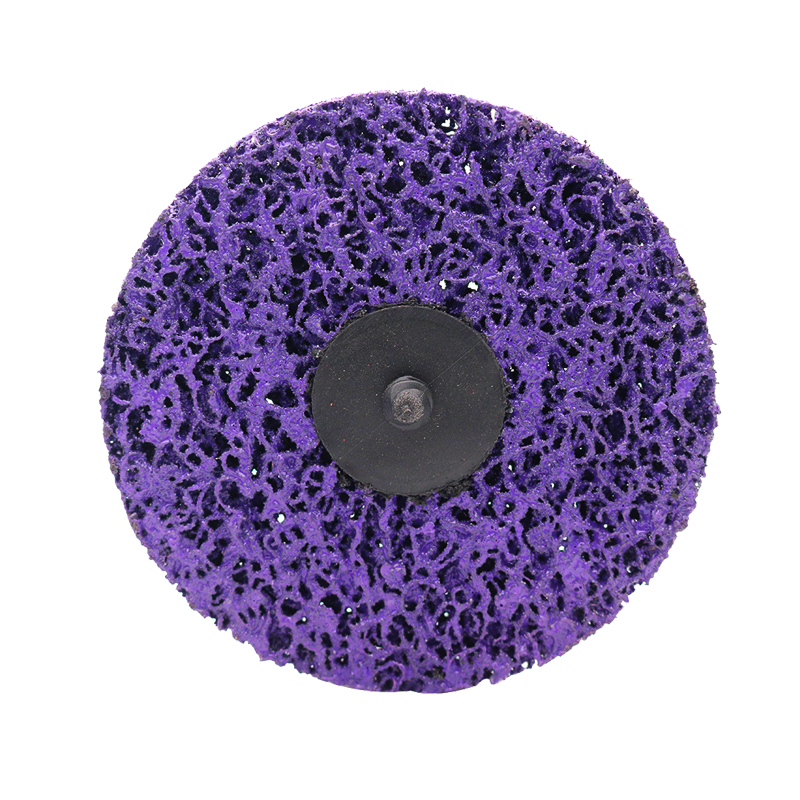

Safety Protocols for Using Grinder Wheels When working with tool that can spin at such high speed, safety should be your number one priority. Equip yourself with personal protective equipment (PPE) - Eye Protection Goggles protect against sparks and flying debris. - Ear Protection Shields your hearing from the loud grinding noise. - Gloves Helps protect your hands from sharp metal edges and heat. - Respirator Mask Prevents inhalation of metal particles and dust. Routine Maintenance and Care Regular inspection and maintenance of grinder wheels extend their lifespan and enhance performance. Before each use, visually inspect for cracks, chips, or signs of wear that could compromise the wheel's integrity. Additionally, cleaning the wheel post-usage prevents buildup that can affect functionality. An Authoritative Perspective from Industry Experts Notably, leaders in the metalworking field emphasize the importance of education on safe practices and tool handling. Howard Glassman, a veteran metalwork instructor, asserts, “Precision and safety go hand in hand in metal cutting. Knowledge about your equipment, coupled with regular practice, can turn a daunting task into a routine operation.” Trustworthiness Through Authentic Reviews Before investing in high-quality grinder wheels, consider consulting reviews and recommendations from credible sources. Online forums, professional reviews, and trusted retailers often provide insights into product performance and reliability, contributing to an informed purchasing decision. In conclusion, mastering the use of a grinder wheel to cut metal involves understanding the tool's intricacies, selecting the right wheel for the job, applying sound techniques, adhering strictly to safety protocols, and maintaining your equipment diligently. Armed with these guidelines, both amateurs and seasoned practitioners can elevate their craftsmanship and ensure their cutting tasks are executed with finesse and confidence.
Post time:Jan - 25 - 2025

















